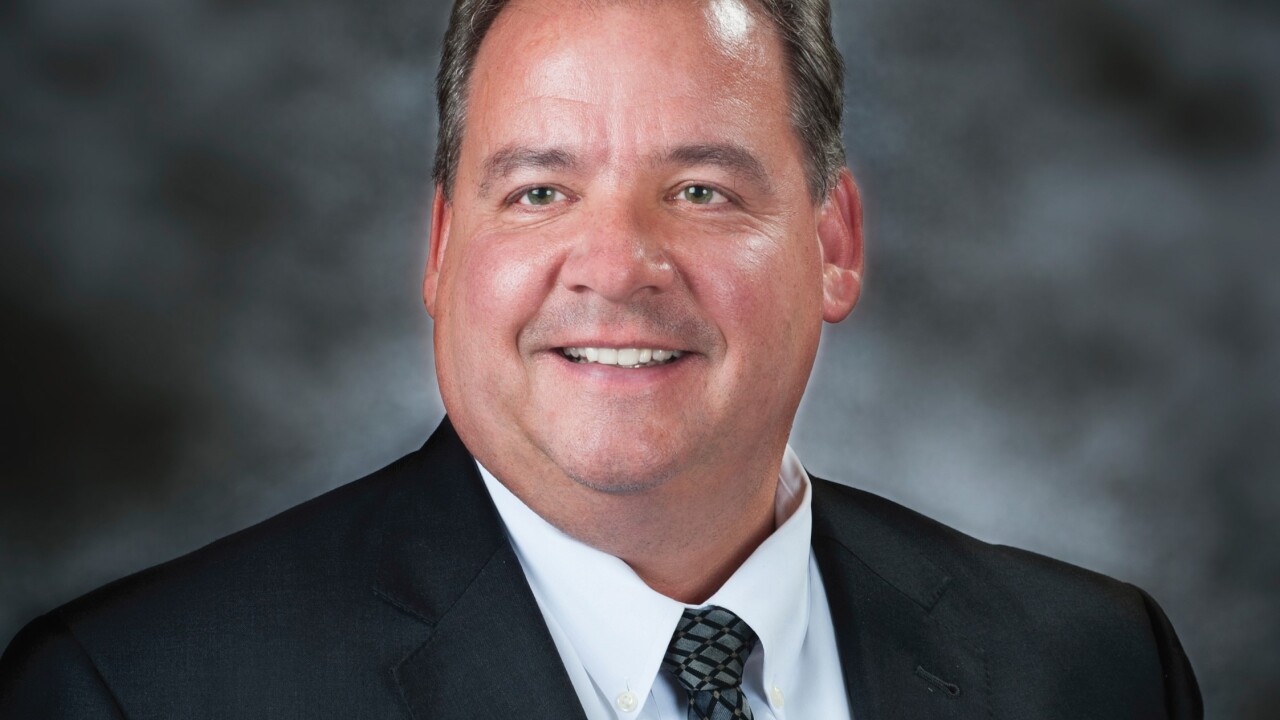Cash-strapped mortgage lender Fremont General Corp., acceding to regulators' demands, has reached a deal to sell substantially all the assets at its investment and loan bank to a California industrial bank to be formed by CapitalSource Inc.
The purchaser will pay 2% of the deposits, which was about $5.6 billion as of March 31, plus $58 million, and lend Fremont Investment & Loan up to $200 million. CapitalSource is also getting some $3 billion in cash and short-term investments and 70% of principal payments from a $5.5 billion pool of commercial real estate.
The deal doesn't include Fremont's loan-servicing operations or residential-mortgage assets.
CapitalSource shares rallied 14% to $11.99 in recent trading, while Fremont gained 18% to 53 cents.
California and the Federal Deposit Insurance Corp. ordered Fremont General late last month to recapitalize the books of the investment and loan bank within two months or sell the unit. Fremont had been a major subprime home lender until it agreed to a cease-and-desist order with the FDIC in early 2007. The agency cited weak risk management related to subprime lending and commercial real-estate loans for the order.
Soon thereafter, Fremont sold or entered negotiations to sell most of its subprime residential real estate business and assets.
Fremont said, "The proposed transaction with CapitalSource results from an exhaustive effort made by the company and its investment bankers." CapitalSource is an asset manager and commercial lender.
The transaction requires shareholder approval as well as the green light from the FDIC and the California Department of Financial Institutions. Regulatory authorities also will need to authorize the chartering of CapitalSource's California industrial bank. CapitalSource will be holding a 12 p.m. EDT conference call.
Fremont's troubles come as regulators over the past several weeks have started demanding that banks, especially small and midsize ones, get more aggressive at marking down the value of loans they are holding and that they correspondingly beef up their reserves. That is likely to force an increasing number of banks to raise fresh capital, experts say. At the same time, as mounting defaults take a toll on banks, the FDIC and other regulators say they are bracing for more lenders to fail.
No sizable federally insured bank has been brought to its knees during the credit squeeze and housing downturn, despite the collapse of many nonbank mortgage specialists and heavy losses forced on many large commercial and investment banks. Close scrutiny from regulators and the bread-and-butter business of collecting inexpensive deposits tend to insulate federally insured banks. But the tightening noose around Fremont showed how things can shift.
Fremont was founded in 1937 and was long a sleepy lender with fewer than two dozen branches. But it became an example of a company that emerged from the shadows during the housing boom and grew into a substantial player in subprime loans, those to borrowers with weak credit. At the peak of the boom, Fremont was one of the top 10 U.S. originators of subprime loans, thanks to practices that included loose underwriting and aggressive marketing to brokers.
All of its 22 retail branches are in California, and it didn't advertise directly to consumers with television ads or newspaper pitches. Yet from 2004 to 2006, Fremont made $81 billion in high-interest-rate loans, the fourth-highest among U.S. lenders, according to a Wall Street Journal analysis of lending data filed with federal regulators.
Fremont offered extremely flexible loan terms, meaning that approval was easy to get for even shaky borrowers. Fremont richly rewarded mortgage brokers who persuaded borrowers to opt for its most expensive subprime loans — in some cases, even if the borrowers had good enough credit to qualify for so-called prime loans.
Its underwriting practices and broker incentives drew sharp criticism from some regulators.





